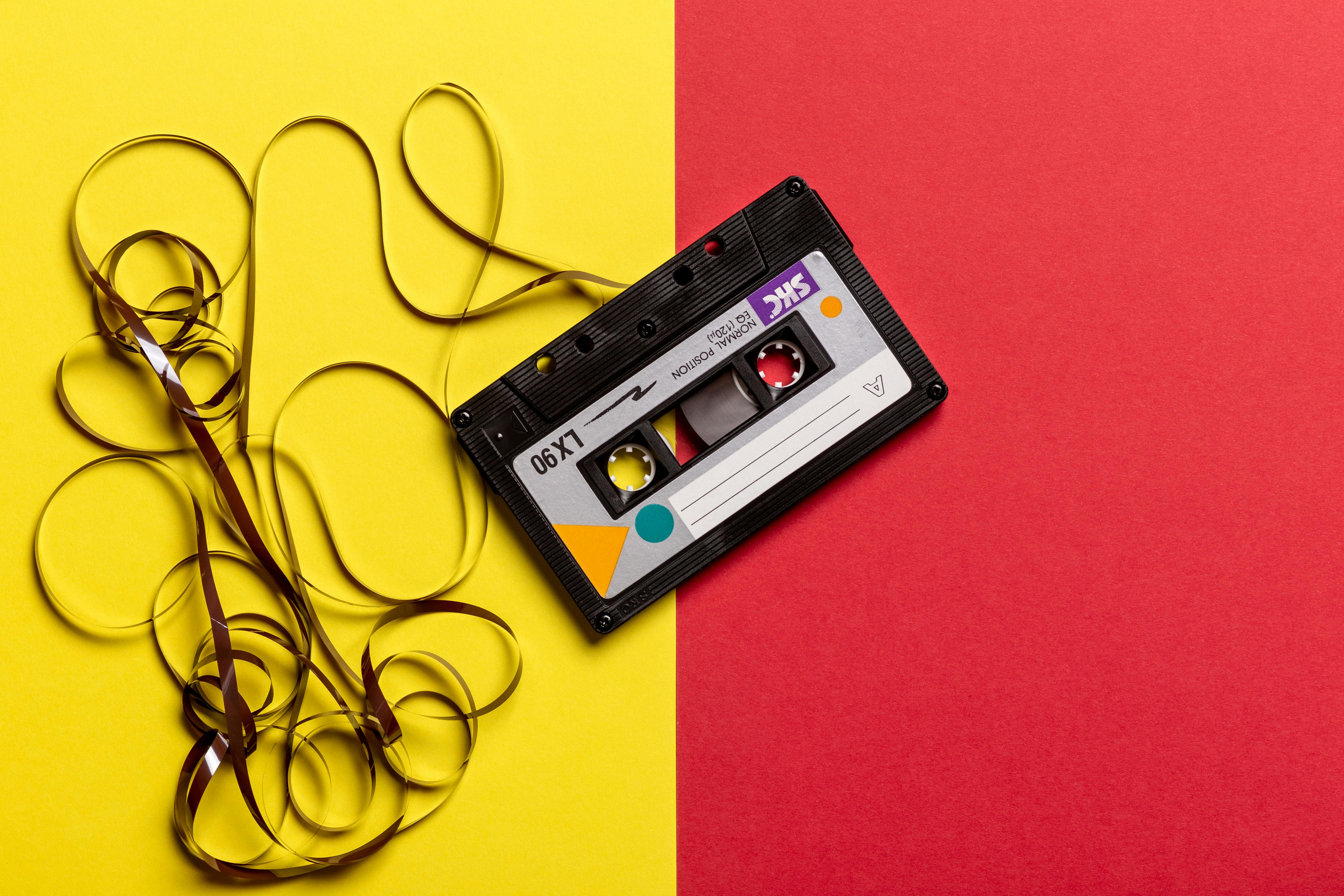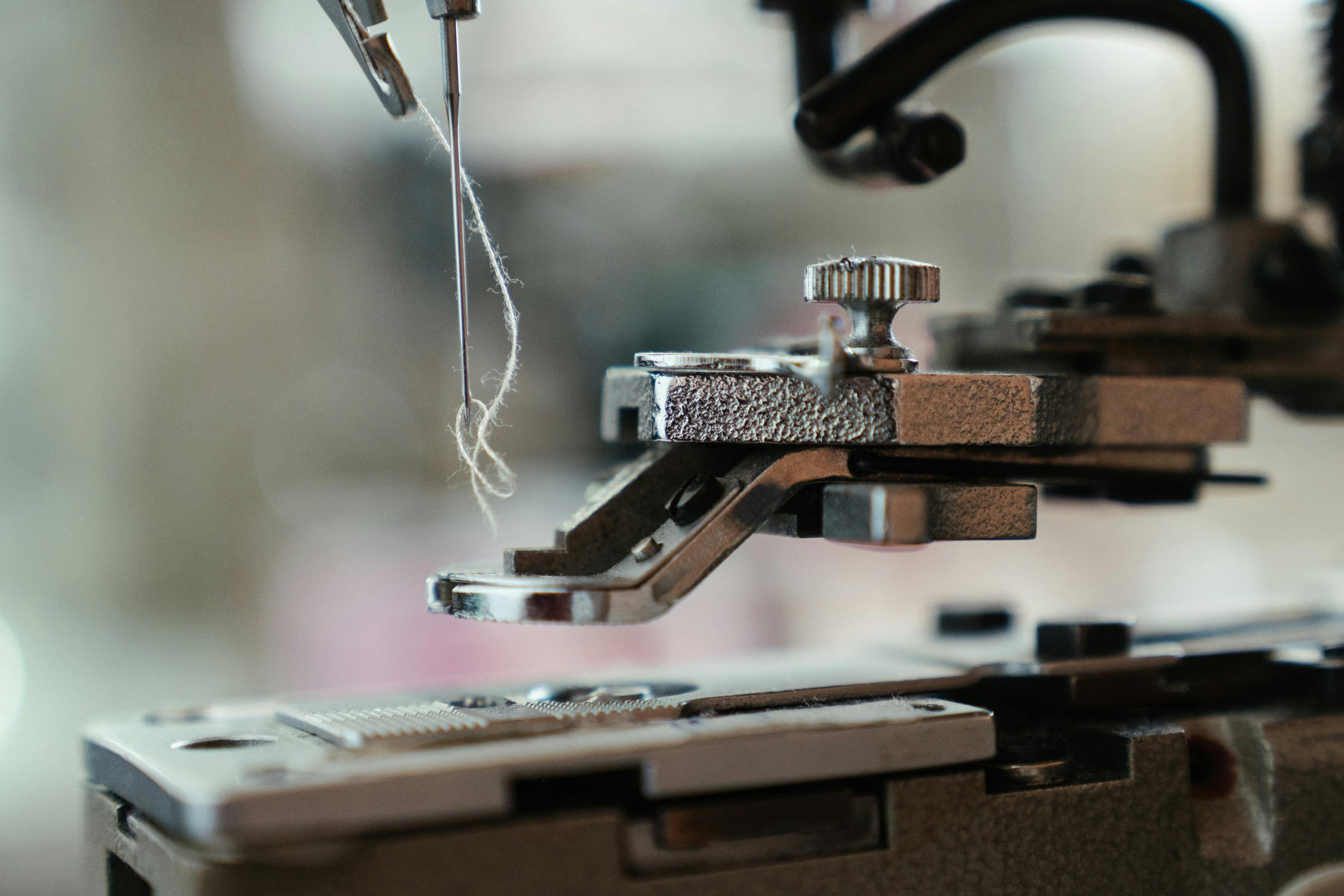This article is my opinion and review of Blogtalk Radio, and how it can make podcasting so much easier. Podcasts are typically MP3 files, which are typically smaller than music files, because they are encoded at a smaller sample rate than music files; because playing a person talking doesn’t require as much bandwidth as a high-quality music file. I am a trial referral expert (a trial broker) who writes and broadcasts many podcasts.
A podcast is a digital computer-related audio file that is almost identical to a music file. Like music files, podcasts are binary files with encodings that represent sounds. Podcasts are stored, moved, and are about the same size as music files. However, with podcasts, some bits are mixed within the files, so podcasts and music files behave differently in many audio/music programs and players, including iTunes.
Of course, after you create your podcast, you’ll want people to be able to easily find and listen to it. While you could try to charge for your podcasts, with very few exceptions, this is beyond difficult to achieve.
Aside from wanting to do it, the main reasons for creating or continuing a podcast are to get a bit of recognition or to advertise some other business or entity you want to promote. For example, a photography podcast could help advertise the podcaster’s books, DVDs, or classes. Most podcasts don’t start with, or will never have, paid advertisers.
Most people will do their best to start, and probably sustain, by distributing their podcasts for free. When your podcast is free, you’ll want to host it on at least one Internet server to help distribute it. Apple’s iTunes Store is the first and best way to make your podcasts easy to find. BlogTalk Radio is the second best way.
Getting your podcasts on the iTunes store isn’t as simple as it should be. Does Apple import your MP3 podcasts to Apple’s iTunes server? No, your podcasts must be hosted on an external server. However, if you host your podcasts on your own website or on most servers, and then follow the instructions in iTunes to put your free podcast on the iTunes store; you’ll probably get a “your server doesn’t have iTunes byte range support” error.
People who host their websites on servers on shared machines are generally not able to start or run long-running server processes in shared hosting environments, such as add-on server software or daemons. For byte range support, Mod_deflate is generally supported in Apache, and that might work. Requiring byte range support is a huge headache, and Apple is big enough to store small podcast MP3s on its server or cloud; or maybe Apple IOS and OSX hardware/software could one day support non-streaming servers.
Rather than wait for Apple to change, I found an easy solution with BlogTalk Radio (BTR). BTR has a free account level where you can host live internet radio shows or pre-record and upload your podcasts as starter files. BTR distributes your podcasts to Apple’s iTunes store or makes it very easy for you. If you use BTR a lot, its premium tier of $400 a year is the best bang for your buck, and it also lets you edit your old shows.
How can you create your own podcasts? One way is to use BTR to automatically create your podcast when you do your show live. You can upload music or voice selections to play on your live show. When your show ends, your podcast will be on the BTR server, and there’s an option to send it to iTunes, and then you’ll be streaming. The BTR site and iTunes sync with the BTR servers have been slow at times. Despite that, I highly recommend Blogtalk Radio.
With podcasts, until you’re popular, it’s best to stick to solid information and be helpful, and good vibes are a good idea. An interesting 15-minute podcast is better than a boring half-hour. It’s a good idea to break up long monologues with musical breaks or funny commercials for you or your friends.
Be careful not to include copyrighted music in your podcasts. While copyright issues are beyond the scope of this article, one suggestion is to ask your friends to let you include their music, in exchange for including their site or band on your podcast. Another possible option might be to choose very old (and not that popular) music that is likely to be in the public domain, from the 1920s to the early 1940s. Try a web search for “public domain music.”
Besides BTR, another way to make podcasts is with your computer. I’ve found that my flat screen iMac has such good built-in audio, I just talk to my iMac and the sound quality is good. You can record sound files using Apple’s QuickTime Player Pro or the equivalent on your computer. You also need a sound editor, on Mac I recommend Amadeus. The best way to have guests and calls is with Skype and a sound recording program like Call Recorder. Interviews and monologues are enhanced by editing to remove coughing, clicking, breathing sounds, etc.
You can create an MP3 file of your entire podcast and upload it to BlogTalk Radio; and set it to start automatically, and then your entire “live” show can be pre-recorded. This works well if your show/podcast is new and you don’t have live calls. I found Blogtalk Radio to be the easiest and best way to create podcasts. BTR offers room for growth with live phone calls and Skype, and includes easy iTunes integration.



